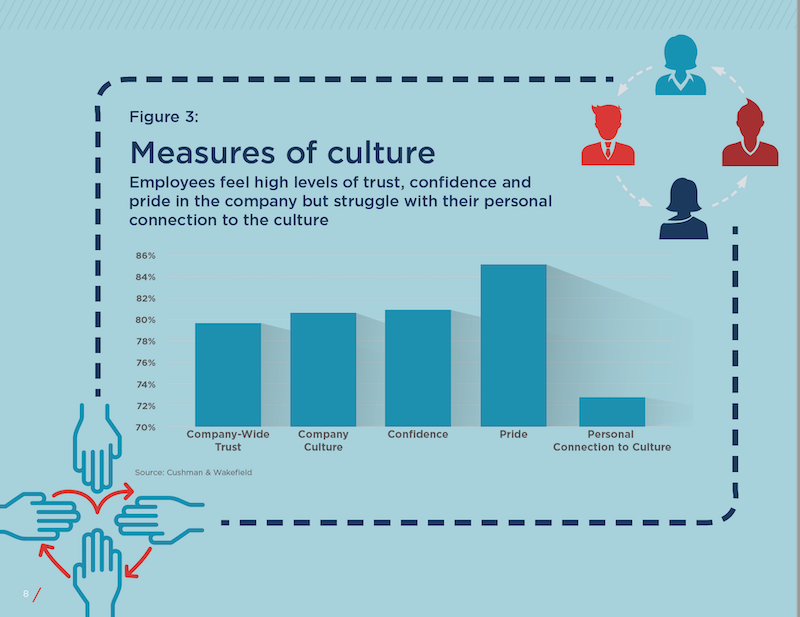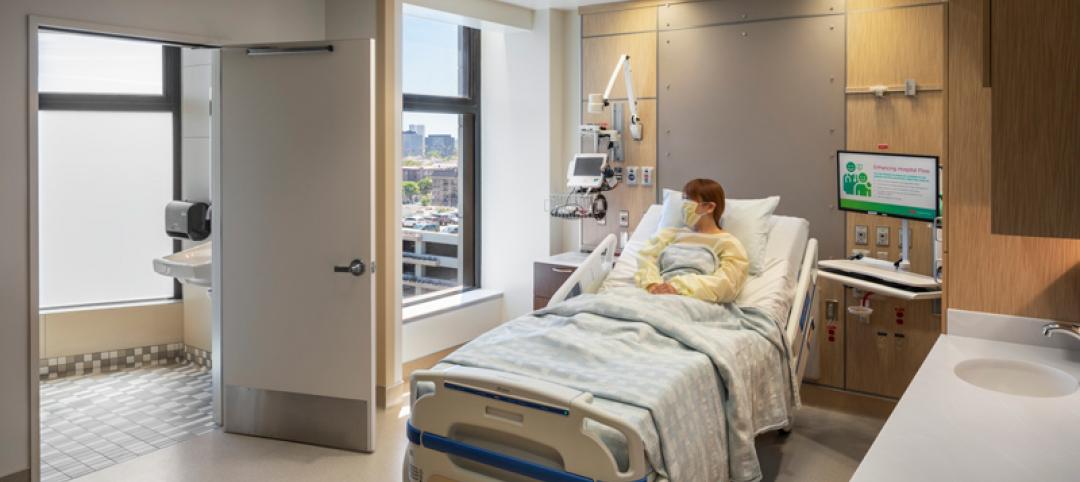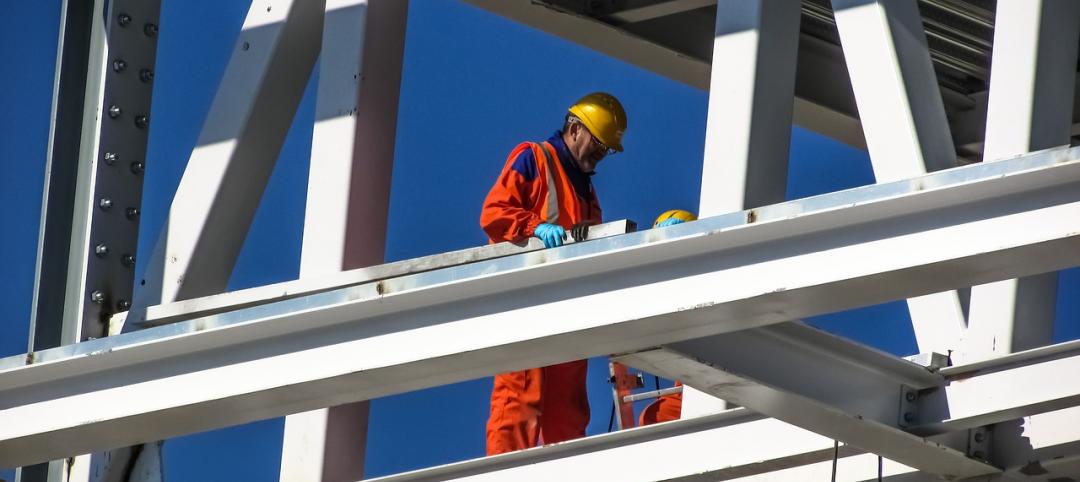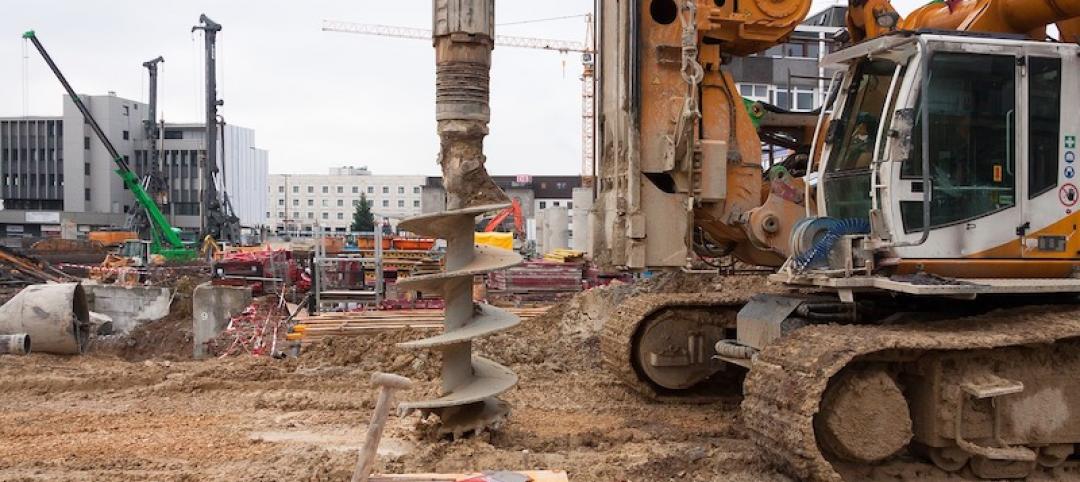During the coronavirus pandemic, millions of employees, both in the U.S. and worldwide, found themselves working from home in compliance with shelter-at-home mandates by governments. A new survey of more than 40,000 employees found that workers can be productive and collaborative anywhere, and actually prefer flexibility about where they are allowed to work from day to day. However, what’s eroded in the process is the cultural bond that connects employees to their companies, colleagues, and customers.
Consequently, the workplace has become an ecosystem that is a network of virtual and physical spaces. And the new purpose of the office is to provide inspiring destinations that strengthen the cultural connections, learning, and bonding with customers and colleagues.
“The office is where I feel part of the company,” Brett White, executive chairman and CEO of Cushman & Wakefield, said during an interview yesterday with CNBC’s Squawk on the Street program. Cushman & Wakefield is the author of this “Future of the Workplace” report, for which it analyzed more than 2.5 million data points driving workplace experiences for workers across the planet in the pre-COVID-19 era, and another 1.7 million data points from the survey’s respondents in the current work-from-home environment.
Also See: Using lighting IoT to inform a safer office reentry strategy
The report found a lot of enthusiasm for at-home work. Among the employees surveyed, 73% believes their companies should embrace some level of working from home, and 90% of employees feel they can be trusted to work remotely. Three quarters of those polled agree or strongly agree that they have been collaborating effectively with colleagues in the current environment, a 10-point increase from the pre-COVID-19 period.
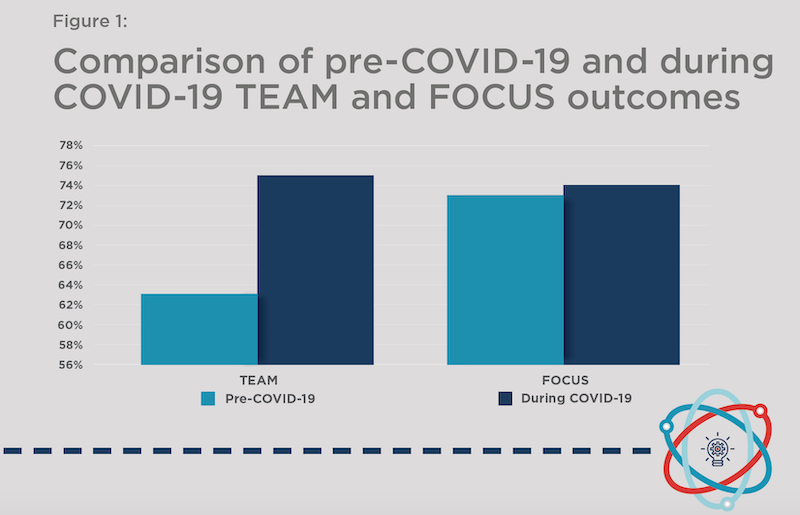 During the pandemic, employees assert they can be productive and collaborative working from home.
During the pandemic, employees assert they can be productive and collaborative working from home.
Those findings led Cushman & Wakefield to infer that “the enforced work from home means that using collaborative technology tools is no longer optional but an imperative, and employees are using them to their fullest.” Employees also believe that, despite the distractions attendant to working from home (including kids, pets, home schooling while schools are shut), they can be productive when called upon to focus.
Also see: Infection control in office buildings: Preparing for re-occupancy amid the coronavirus
But this survey also found that working from home isn’t always ideal. For one thing, not every house is set up adequately to replicate an office. And working from home seems to be tougher for younger employees: 70% of Gen Z and 69% of Millennials report challenges in remote working, compared to 55% of Baby Boomers.
The report suggests that people still struggle with remaining disciplined and energized during the day when they’re at home working. This continued to be the weakest experience outcome among respondents.
Overall wellbeing is also jeopardized when people work from home, not because they struggle to maintain a work/life balance but rather because they have less time away from work.
As employees return to offices, Cushman & Wakefield is cautioning companies to take time to understand people’s challenges and consider how they can support them. For example, salespeople have had the hardest time adjusting to at-home work requirements, as have R&D teams. Conversely, operations and support functions seem to have little downside from the at-home work experience.
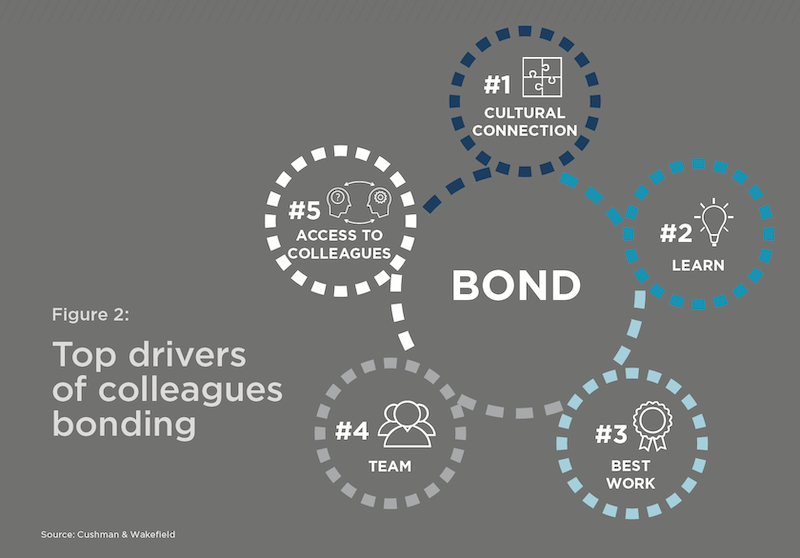 Among the factors that drive worker bonds, cultural connection still ranked tops. The Cushman & Wakefield report states that the cultural bond is harder to maintain when workers aren't in offices.
Among the factors that drive worker bonds, cultural connection still ranked tops. The Cushman & Wakefield report states that the cultural bond is harder to maintain when workers aren't in offices.
Also see: Office market could be COVID-19 casualty
Cushman & Wakefield also notes that flexible working practices can help companies enact social-distancing measures and new types of collaborative environments without needing to add more square footage. “If 50% of respondents who indicated they would increase their flexible working followed through on this, there would be no net change in footprint,” the report states.
Cushman & Wakefield expects organizations to embrace more remote working. “In doing so, we can reimagine the way we work and leverage location, time and technology to drive improved people, place and business performance.”
However, White told CNBC that, to maintain their “cultural adhesion,” companies would also limit the number of employees who to work from home permanently. He expects that number to be less than 10%, and possibly as low as 5-6%.
Related Stories
Coronavirus | Mar 20, 2020
Extending care capacity as COVID-19 grows
Coronavirus threatens to overwhelm the U.S. healthcare system. LEO A DALY’s health practice leader offers some innovative ideas for expanding access.
Coronavirus | Mar 19, 2020
Positive vibes: Let's take a look at the brighter side of these crazy times
Perhaps now is a good time to take a page from Monty Python's book and look on the bright side of life. So let's push aside the doom and gloom for a bit and bring a little positivity to these strange times we all currently find ourselves in.
Coronavirus | Mar 19, 2020
Force Majeure and COVID-19 in construction contracts - What you need to know
With the onset of the COVID-19 pandemic, we are all taking a closer look at many portions of our contracts.
Coronavirus | Mar 19, 2020
Technology crucial during COVID-19 social distancing
Technology can help bridge the gap during the Coronavirus pandemic as higher education institutes and corporations are moving to a remote work model.
Coronavirus | Mar 18, 2020
Coronavirus latest: Short-term pain but strong rebound likely, says Oxford Economics
Once the disruption and uncertainty fade, the rebound in global economic activity will be strong. It’s important for firms to position themselves for such a recovery.
Coronavirus | Mar 18, 2020
We are in the midst of a paradigm shift for higher education
The question for higher education is, what will the university of the future look like?
Coronavirus | Mar 17, 2020
AIA: Design services saw increase in February, but economic footings are rapidly shifting
"The rapid pull-back in activity throughout the economy will obviously be felt in the design and construction sector, and architecture firms will be one of the first to see how these events play out,” said AIA Chief Economist, Kermit Baker, Hon. AIA, PhD.
Coronavirus | Mar 17, 2020
AGC to government officials: Shutting down construction projects is an unnecessary step
Construction firms are already taking steps to protect employees, most of whom already wear protective equipment, while halting work will undermine efforts to add hospital capacity.
Coronavirus | Mar 16, 2020
Boston mayor orders shut down of construction sites due to coronavirus
Boston Mayor Martin Walsh has ordered that all construction projects in the city be suspended in response to the spread of the coronavirus.
Coronavirus | Mar 16, 2020
Effective remote workforce: Key steps and strategies for success
As the potential scope of the COVID-19 outbreak has become more clear in the United States and Canada, public and private organizations from all industries, sectors and geographies are encouraging their teams to work remotely to reduce the spread of the virus.


